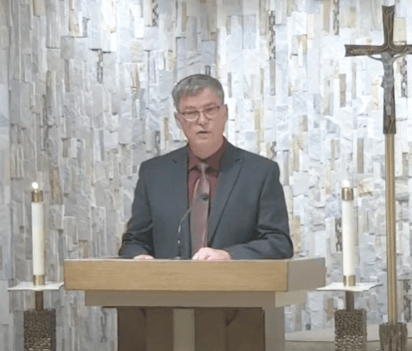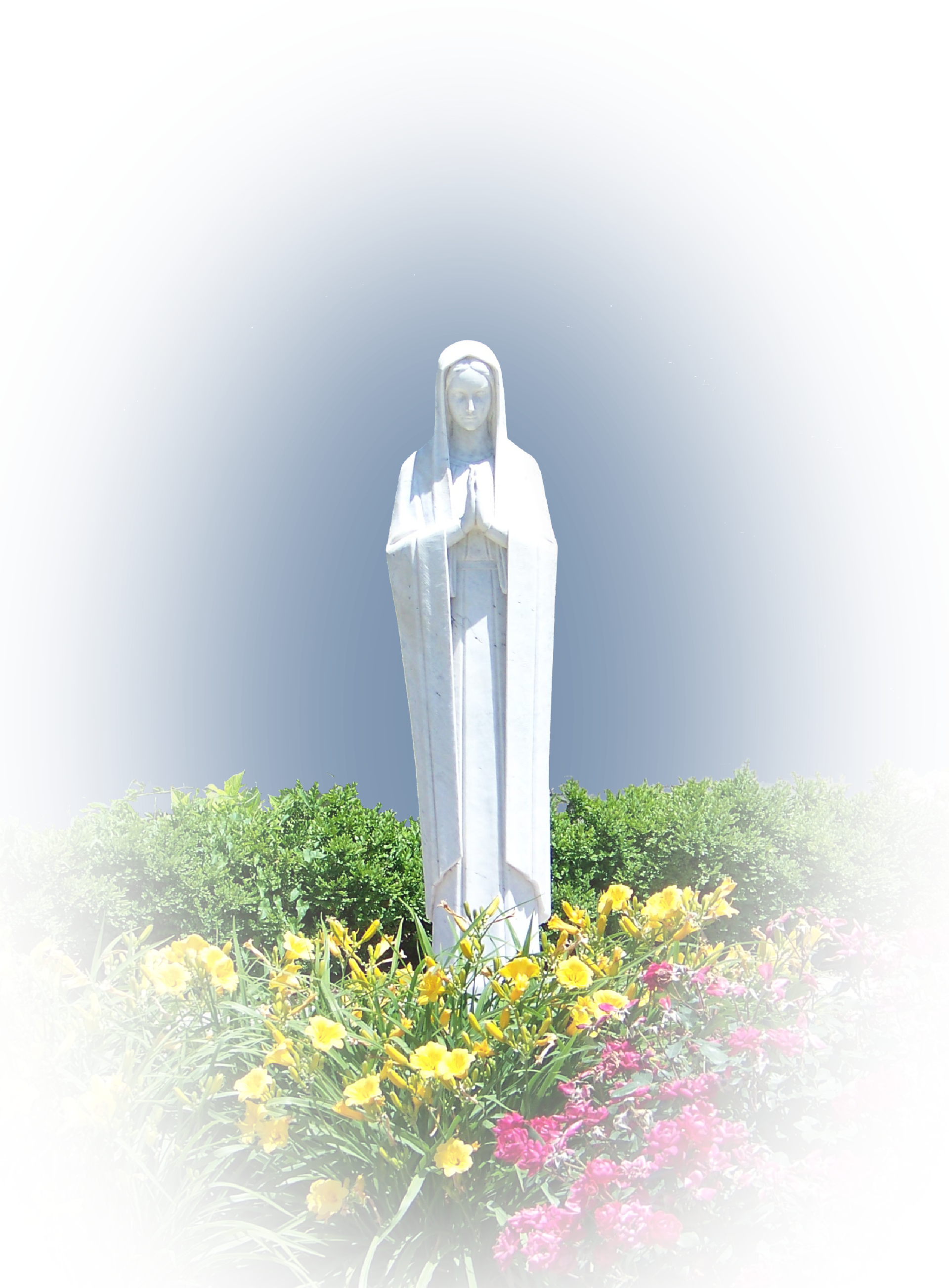Liturgical Ministries Guidelines
Welcome! Liturgical ministry is an excellent opportunity to fulfill your baptismal call of service to one another. Our liturgies utilize the talents and gifts that God has given this community to the fullest extent. Whether participation is through “behind the scenes” preparation and planning or through a public role of service within the Mass, parishioner contributions help our liturgies to be truly life-giving celebrations. Please prayerfully consider joining one of these ministries. If you would like to consider learning more about, or joining the Liturgical Minister team, please complete the form at the bottom of this page and a parish staff member will contact you.
GENERAL GUIDELINES FOR LITURGICAL MINISTERS AT MASS
1. Scheduling - The schedule for the Altar Servers, Lectors, Extraordinary Ministers of Holy Communion, Hospitality Ushers, and Greeters is prepared every two months. It may be possible for you to serve in more than one ministry at any given Mass depending upon the ministries. Schedules can be found on the parish website. Rosters will be emailed to each minister.
2. Dress and Appearance - General appearance, apparel, and accessories worn during the liturgy should reflect the dignity of the role of one called upon to assist in the sacred liturgy. Accordingly, liturgical ministers should dress nicely and modestly. The following dress code has been established for all Liturgical Ministers:
LITURGICAL MINISTER DRESS CODE
Those who serve in a Liturgical Ministry capacity, i.e. Extraordinary Minister, Lector, Usher or Greeter, and Music Ministry will be required to adhere to the specified dress code that has been established and previously amended.
The established Dress Code is that of acceptable attire as would be found in a business setting, i.e, Business Casual. This would mean for gentlemen dress slacks and a polo-style collar shirt, button shirt, sweater. For ladies, this would mean slacks (full length), dress, skirt (not mini), blouse, and/or sweater (not low cut).
The original Dress Code was amended, and that amendment eliminated the requirement of a suit and/or coat and tie for the gentlemen; dress, dress skirt, dress slacks, blazer for the ladies. While the amendment eliminated these particular articles of clothing as a requirement, it did not state that these were not acceptable, rather, it was understood there would still be the preferred attire. Dress sandals were also accepted as an approved style of shoe for ladies, though not necessarily preferred.
The dress code requirement specifically prohibits ministers from serving in a Liturgical Minister capacity while wearing the following types/styles of clothing, including, but not limited to: shorts, jeans (of any kind), t-shirts (with or without sayings, etc.), capris (of any style or length), flip flops (of any kind), tennis shoes, spaghetti-strap tops, strapless tops, shirts or blouses tied so as to expose bare skin, any kind of excessively tight clothing, etc. The only exception to this was the servers who are allowed to wear shorts because they also wear a full-length alb which covers them to the floor.
Nothing a minister wears should distract from the community’s prayer. Proper dress and appearance whenever one attends liturgy is an important commitment of a liturgical minister. All ministers will maintain a level of reverence and decorum in their Liturgical Minister’s attire or they will not be allowed to minister.
3. Arrival Promptness & Check-In – Most liturgical ministers should arrive at church no later than 15 minutes prior to the start of the liturgy. Altar servers, Lectors, Extraordinary Ministers of Holy Communion, Hospitality Ushers/Greets, Catechists, etc., are to check-in at the sign-in station near the Priests' Sacristy. If you are late, please understand that the Sacristan may have already found a replacement for you.
4. Absences and Substitutes - When you know in advance that you will be absent, the preference is that you arrange a substitute. This can easily be done via the online scheduling system. If it is a last-minute need, at the very least, inform your ministry coordinator so they can advise the Sacristan who can plan for your absence.
5. Prayer before Liturgy - The presider and liturgical ministers gather in front of the Priests' Sacristy five minutes before the start of liturgy for prayer. As liturgical ministers, much of our focus is on tasks and procedures that are important to the liturgical celebration but potentially can distract from our own worship. This time of prayer can help us to re-focus our mind and heart on the presence of Jesus in the liturgy: in the person of his minister, the priest; in his word, the holy Scriptures proclaimed; in the elements of bread and wine, the Eucharist; and in those gathered in his name, the assembly.
Become a Liturgical Minister
You may become a Liturgical Minister with simple training and observation. Please complete the form below to let us know your interest.
We will contact you with the next available training time for your desired ministry.

